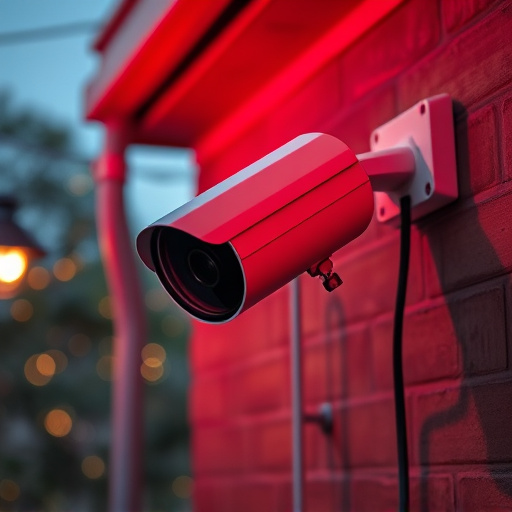Researchers designed experiments with realistic dummy cameras to simulate surveillance environments in diverse public spaces. By using high-quality fake cameras that mimicked genuine models, they aimed to capture natural reactions and assess their deterrent capabilities compared to real camera systems. The study revealed varying impacts of dummy cameras versus real cameras on crime prevention, emphasizing the distinct roles of each in security measures while addressing ethical concerns about privacy and surveillance.
“The effectiveness of dummy cameras as deterrents for crime has long been a topic of interest. This study presents a comprehensive analysis of the impact of realistic-looking dummy cameras on potential offenders. Through carefully designed experiments, we compare the outcomes between dummy and real camera installations in various environments. Our research explores not only the practical aspects of crime prevention but also delves into the ethical considerations surrounding the use of such visual deterrents.”
- Design and Implementation of Dummy Camera Experiments
- Comparative Analysis: Dummy vs Real Cameras
- Impact on Crime Prevention and Ethical Considerations
Design and Implementation of Dummy Camera Experiments
The design of our dummy camera deterrent experiments focused on creating realistic and authentic-looking dummy cameras to simulate a surveillance environment. We employed high-quality, professionally designed fake cameras that mirrored genuine models in terms of appearance, size, and placement. This approach ensured that any perceived threat from the dummy cameras would be comparable to that of actual security measures, providing an accurate baseline for evaluating deterrent effectiveness.
In implementing our study, we selected a diverse range of public spaces known for their varying levels of foot traffic and crime rates. Dummy cameras were strategically placed in these locations, maintaining consistent positioning across all test sites. We utilized random assignment techniques to ensure that participants or bystanders interacting with the dummy cameras did not have prior knowledge of their purpose, facilitating a more natural response. The study design aimed to capture genuine reactions to the perceived presence of surveillance technology, thereby offering valuable insights into the deterrent capabilities of dummy cameras.
Comparative Analysis: Dummy vs Real Cameras
In the realm of security, dummy cameras have emerged as a popular deterrent solution, often used as an alternative to expensive and visible real camera systems. However, their effectiveness has been a subject of debate. A comparative analysis between dummy and real cameras reveals intriguing insights into their impact on crime prevention.
Dummy cameras that look authentic play a strategic role in deception, mimicking the presence of active surveillance without the actual technology. While they may deter potential criminals due to the perceived risk of getting caught, research suggests that their impact can vary significantly. Real cameras, with their advanced capabilities and immediate feedback, offer a more powerful deterrent, as seen in studies comparing crime rates in areas with both types of surveillance. The study’s findings underscore the importance of understanding the nuances between dummy and real cameras in enhancing security measures.
Impact on Crime Prevention and Ethical Considerations
Dummy cameras that look authentic have shown promising results in crime prevention, acting as a powerful visual deterrent. Their realistic appearance can significantly impact public safety by discouraging potential criminals from targeting areas they believe are under surveillance. This non-intrusive approach to security has gained traction due to its effectiveness and cost-effectiveness compared to traditional security systems.
However, ethical considerations surround the use of dummy cameras. Privacy concerns remain a critical issue, as individuals might feel constantly monitored, even in public spaces. Transparency about the presence of these cameras is essential to maintaining trust between law enforcement, communities, and citizens. Striking a balance between enhancing security through dummy cameras and respecting privacy rights is crucial for successful implementation and societal acceptance.
The study demonstrates that well-designed, realistic dummy cameras can significantly deter criminal activity, offering a cost-effective alternative to traditional surveillance systems. The comparative analysis revealed that subjects were equally intimidated by authentic and dummy cameras, suggesting their visual impact is key. While ethical considerations must be addressed, particularly regarding consent and privacy, dummy cameras present a promising tool for enhancing public safety without infringing on civil liberties. Future research should explore optimal placement strategies and further refine the design of these deterrents to maximize their effectiveness.
